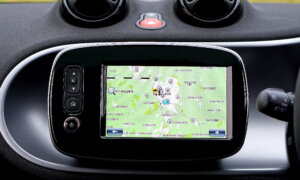Huawei’s digital know-how will help one airport embrace today’s digital trends. Hamad Aiport in Qatar will be Huawei’s digital project for months to come, in the hope of improving security and customer experience #todaymagic
Chinese telecommunications giant Huawei is going to change the face of Hamad Airport. The company has undertaken the job of turning the place into a smart airport. What does that mean? Implementing IoT solutions and autonomous machines that can improve passenger flow and the overall airport security.
Until now, Huawei has delivered wired and wireless communications solutions, big data analytics platforms, servers, storage devices and converged cloud platforms to more than 15 airports and over 25 airlines and air traffic control authorities around the world. This definitely isn’t their first project of the kind. Qatar’s airport could become a smaller smart city crafted by Huawei after their macro design.
The tools used for cloud computing, which are now available in more than 130 countries, as well as those involved in their public safety solutions (running in more than 200 cities at the moment), will be at the disposal of airport authorities.
As futuristic as we expect this airport to become, it will not be the only one of its kind in the world. The South Australian government has invested AU$2.8 million in autonomous shuttles for Adelaide Airport this year. The shuttles are supposed to transport passengers between the car park and the airport. If the trial is successful, then the shuttles will become a permanent feature of the airport.
The shuttle buses will reduce carbon emissions, relieve traffic congestion and most importantly, function 24/7, a thing which would have been impossible for one human.
Follow TechTheLead on Google News to get the news first.























